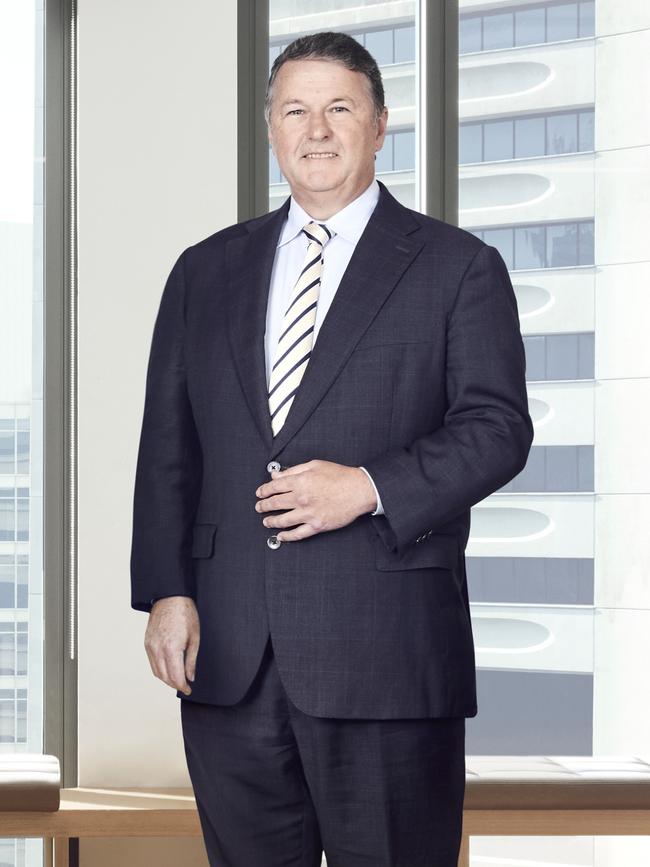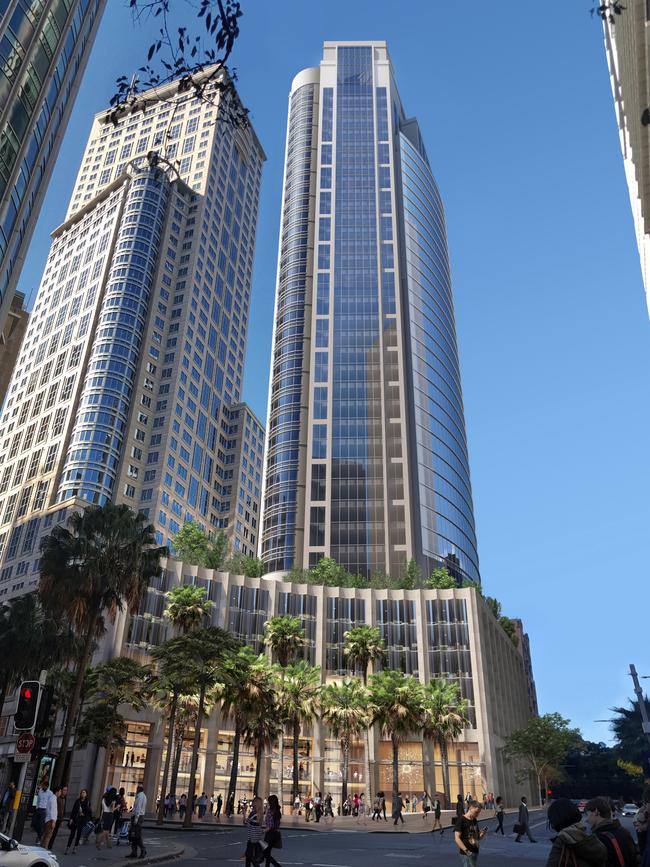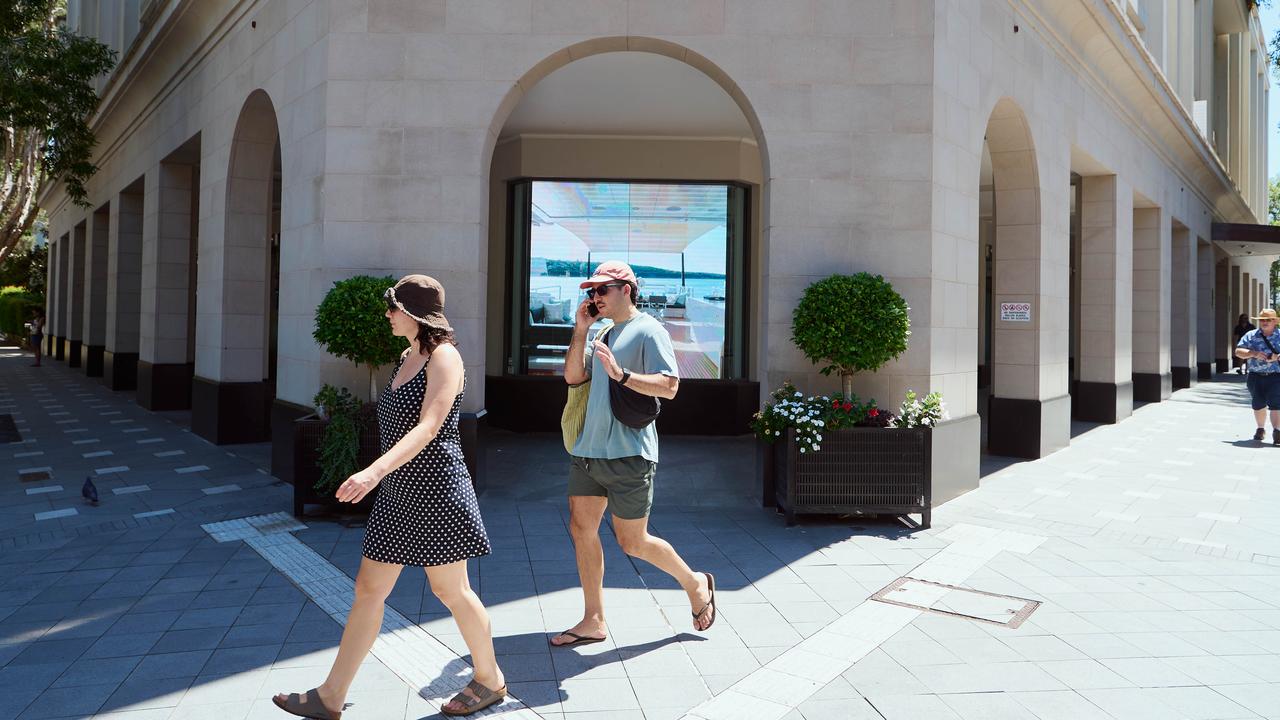Charter Hall says markets unlocking as property deals emerge
Property funds giant Charter Hall is forging ahead with a revamp of Sydney’s famed Chifley Square as more staff return to prime city buildings.

Property funds giant Charter Hall is forging ahead with a revamp of Sydney’s famed Chifley Square as more staff return to prime city buildings, the group said at its interim results.
The company, led by chief executive David Harrison, insisted that the best properties would come through the commercial property downturn, which crimped the value of its portfolio.
But the group said that markets had been unlocked and there was appetite for larger deals emerging, with local superannuation funds pouring money into logistics and Asian investors chasing premium local assets.
Charter Hall flagged the logistics sector, where it is a top developer, could eventually surpass its traditional office holdings, and indicated it was seeing more leaseback deals.
Mr Harrison said that leasing remained strong for new industrial developments as corporate Australia looks to reduce costs by making greater supply chain efficiencies.
He added that transactional markets were showing a broad appeal right across industrial assets. But he cautioned about the “reversion romance” where buyers of short-leased assets expect a big jump in rentals.
He instead pointed to the group’s model of owning high-quality long-leased assets, saying that older stock faced challenges from new supply and vacancies would inevitably rise.
“We may well see a similar bifurcation take place as we are witnessing in office markets,” he said.

While office vacancy levels are high at the bottom end of the market, Mr Harrison said that the rising replacement cost of assets and the economic rent required for new space would place upward pressure on rents, particularly for new, modern premises.
“The bifurcation in tenant demand shows no signs of slowing,” he said, adding there could be a “pressure cooker impact” on modern vacancies as not enough space was being built.
Charter Hall fell to a $190m first half loss on the back of falling asset values but has stuck to its earnings target as it remains an active deal-maker, albeit at lower levels than during the property boom.
The company generated operating earnings post-tax of $195.1m, reflecting operating earnings per security post-tax of 41.2c per security.
Despite the hard environment, Charter Hall said it allotted about $900m of equity for deals and deployed about $1.5bn on a range of deals.
Its empire ranges from office towers and new-style logistics to shopping centres and social infrastructure, helping it weather the storm as some areas have been hit by falling values.
The platform, the country’s largest commercial property manager, now manages a total of $82.6bn of funds, with $67.7bn of this in property, and it made $2.8bn in property investments.

Mr Harrison called out the start of construction works on the $1.8bn Chifley South Tower to create a premier $3.8bn precinct, as a pointer to the future of offices. That project follows $3bn of development completions across office and industrial over the past year, including ten new sheds.
The company has mainly dealt with pressure in its unlisted funds – where an office fund has delayed redemptions – via asset sales and said its wholesale funds had dominated fund raising in the last half as new and existing investors bought units.
Charter Hall reconfirmed its full year earnings guidance for post-tax operating earnings per security of approximately 75c per security. It confirmed distribution per security guidance of 6 per cent growth over last year as its securities closed down 14c to $11.92.
UBS analysts said the company’s slower half reflected the difficult operating environment.
It said the balance sheets of Charter Hall’s funds remain elevated with minimal debt capacity for acquisitions, so the company was more reliant on equity flows, which appear to have stabilised at cyclical lows.
Mr Harrison remains bullish saying that the group was well positioned to chase deals with “significantly higher” returns than were available two years ago. He said the company had seen the “most exciting” growth periods after corrections.
“We see the coming period as no exception as we partner with a broad range of existing and new investors to capitalise on opportunities that we can exploit,” he said.








To join the conversation, please log in. Don't have an account? Register
Join the conversation, you are commenting as Logout